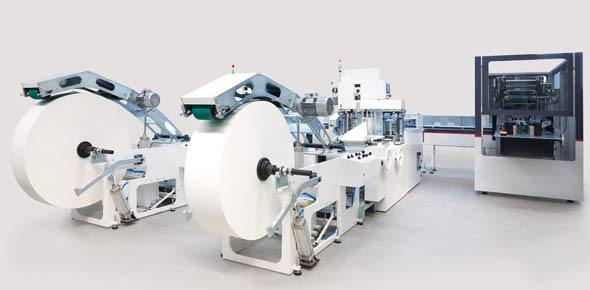Related Flashcards
Related Topics
Cards In This Set
| Front | Back |
|
Industrial Union
|
A union composed of worker in a single industry, for example automobile, railroad, or mining rather than into separate craft based associations.
|
|
The American Railway Union
|
Formed in the 1880s was one of the first industrial unions in the nation
|
|
Labor Theory of Value
|
The belief that the price of a product should reflect the work that went into making it and should be paid mostly to the person who produced it. This idea was popularized by the National Trades' Union in the mid- nineteenth century.
|
|
Blacklist
|
Late 1800s Procedure used by employers to label and identify undesirable worker. Industrialists used this in the late 1800s to punish workers trying to organize unions or gain better working conditions
|
|
Collective Bargaining
|
Late 1800s. A process of negotiation between labor unions and employers particularly followed by the American Federation of labor (AFL) in the late 1800s Led by Samuel Gompers, the AFL accepted the new industrial order by fought got a bigger share of the profits for workers.
|
|
National Labor Union
|
1866. First attempt to combine various unions into a single labor organization. The union was a pioneering coalition made up of trade unionists, feminists and social reformers. Founded by William Sylvis, it claimed a membership of 640,000 and fell apart after the Panic of 1893
|
|
Knights of Labor
|
1869 An american labor union originally established as a secret fraternal order and noted as the first union of all workers (skilled and unskilled along with women and blacks). wanted a cooperative system to replace the wage system, an eight hour work day, an end to child labor, equal pay for equal work, and elimination of private banks. It had over 700,000 by 1886 the loss of major strikes and the labeling of unions as radical following the Haymarket Riot led to its disappearence by the 1890s.
|
|
Uriah Stephens
|
Founded the Knights of Labor in Philadelphia with a number of fellow workers.
|
|
Terence Powderly
|
Was elected head of the Knights of Labor in 1883
|
|
Molly Maguires
|
1870s. Labor organization comprised of miners in Pennsylvania that occasionally used violence. Although mine owners used informers and agents to carry out the violence so they would have an excuse to use force to stop unionization it convinced many middle- class Americans that unions were radical and violent.
|
|
Great Railroad Strike
|
1877. A large number of railroad workers went on strike because of wage cuts. Became the first major strike in the US and the bitterness and violence of the strike demonstrated the increasing chasm between workers and industry. The strike was put down by the government and its failure seriously weakened the railway unions.
|
|
American Federation of Labor (AFL)
|
Pure and simple unionism 1886. began with about 140,000 members; by 1917 it had 2.5 million members. It organized craft unions made up of skilled workers and a federation of different unions Samuel Gompers was the President and it supported "pure and simple unionism" that sought to get the best deal for workers in the existing capitalist economy rather than trying to alter the entire system.
|
|
Haymarket Square Riot
|
1886 A large rally was held in Haymarket Square in Chicago shortly after striking began at the McCormick harvesting Machine Company. After the police tried to disperse the crowd, a bomb exploded killing or injuring many of the police. The Chicago workers and the man who set the bomb were immigrants, so the incident promoted anti- immigrant and anti- union feelings among Americans. The Knights of Labor were labeled as radicals due to this incident and it severely damaged the organization.
|





